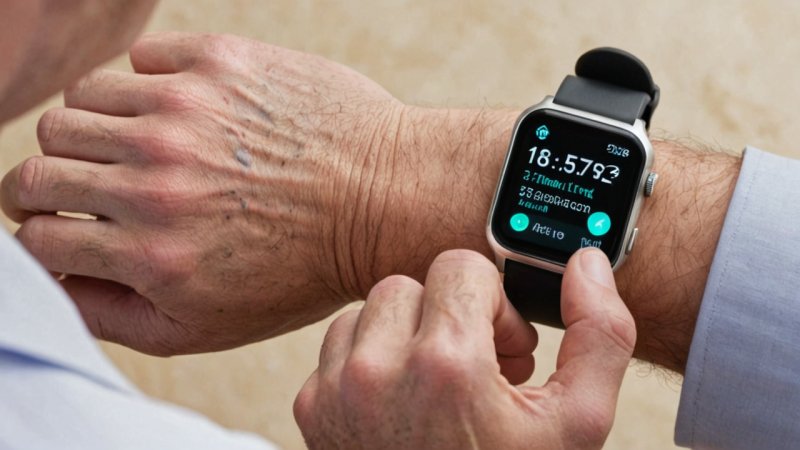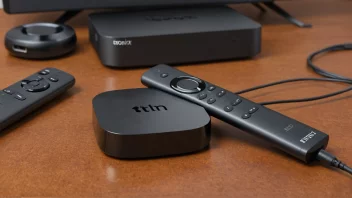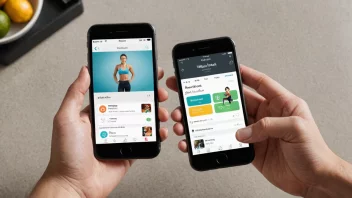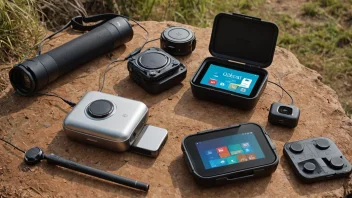Introduction
In today's tech-driven world, wearable devices have become invaluable tools for managing chronic health conditions. This article will guide you through the steps to effectively use wearable technology to monitor your health, providing insights that can help you live a healthier, more informed life. Whether you’re managing diabetes, heart issues, or other chronic conditions, learn how to leverage these devices to enhance your well-being.
Step 1: Choose the Right Wearable Device
The first step in utilizing wearable technology is selecting the device that best suits your needs. Here are some popular options:
- Fitness Trackers: Ideal for monitoring activity levels, heart rate, and sleep patterns.
- Smartwatches: Offer a broader range of features, including app integration and notifications.
- Medical-Grade Wearables: Devices like continuous glucose monitors (CGMs) or ECG monitors are specifically designed for chronic conditions.
Consider factors such as compatibility with your smartphone, battery life, and user reviews when making your choice.
Step 2: Set Up Your Device
Once you’ve selected a wearable device, it’s time to set it up:
- Charge Your Device: Ensure your device is fully charged before use.
- Download the Companion App: Most wearables come with a dedicated app. Download it from the App Store or Google Play.
- Create an Account: Follow the on-screen instructions to create a user account.
- Pair Your Device: Use Bluetooth settings on your smartphone to pair it with your wearable.
Step 3: Customize Your Settings
Personalizing your wearable device is crucial for effective monitoring. Here’s how to do it:
- Health Goals: Set specific health goals that align with your condition. For example, if you have high blood pressure, aim for specific daily activity levels.
- Notifications: Enable notifications for reminders to take medication or to check your vitals.
- Data Syncing: Ensure your device syncs regularly with the companion app for accurate data tracking.
Step 4: Regular Monitoring and Data Analysis
Consistent monitoring is key to managing chronic conditions effectively:
- Check Your Stats: Regularly review your health data on the app. Track metrics like heart rate, activity levels, and sleep quality.
- Set Reminders: Use the app to set reminders for medication, exercise, and other health-related tasks.
- Share Data with Healthcare Providers: Consider sharing your wearable data with your doctor for better management of your condition.
Step 5: Stay Informed and Adjust Accordingly
Using your wearable device is an ongoing process. Here’s how to stay ahead:
- Keep Learning: Stay updated with new features or updates related to your device through the app or manufacturer’s website.
- Adjust Your Goals: As you progress, don’t hesitate to adjust your health goals based on your data trends.
- Engage with Online Communities: Join forums or social media groups where you can share experiences and tips with others using similar devices.
Conclusion
Wearable devices offer a powerful way to monitor chronic conditions and enhance your overall health. By following these steps—choosing the right device, setting it up properly, customizing your settings, regularly monitoring your data, and staying informed—you can take control of your health journey. Remember, the key to success lies in consistent usage and adapting your approach as needed.






